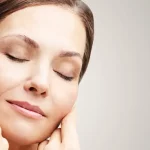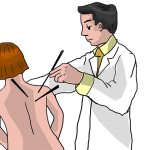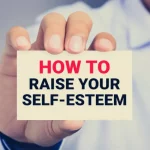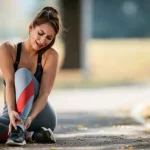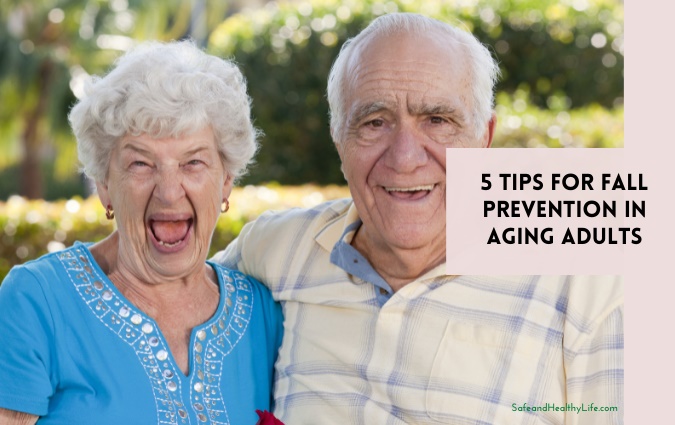
The numbers alone might knock you off your feet:
- Roughly 33 percent of older Americans fall at least once per year.
- Those falls produce roughly 3 million ER visits.
- In 2015, medical costs associated with falls eclipsed $50 billion, 75 percent of which was covered by Medicare and Medicaid.
- More than 800,000 patients each year are hospitalized after fall injuries.
And none of that calculates the mental cost to a senior who becomes more fearful of falling, leading to less physical activity, less confidence and more falling, less independence, and a lower quality of life.
Wouldn’t avoiding the fall in the first place be better?
1. A Fall-Free Future
Falls don’t have to be part of aging. The National Council on Aging believes prevention drastically lowers the risk of falls for seniors.
Beyond prevention, you’d be well off to discard some widely held conventional wisdom regarding fall candidates:
- Men are more likely to fall because they’re more physically active. Wrong. Women are actually more likely to fall.
- You fall simply because you’re old and weak. Nope. Many factors contribute, from vision problems to medications to poor lighting.
- A fall means the end of independence. Hardly. Determine the cause, prevent a recurrence, and reclaim an engaged lifestyle.
2. Know Your Risk
Most falls don’t happen for only one reason. Usually, they result from a combination of factors coming into play. Many of those risk factors can be addressed if you take note of them.
With proper attention, you can address or modify behaviors and conditions that may contribute to falls. Such risk factors include:
- Poor footwear.
- Foot pain.
- Home hazards (throw rugs, area rugs, clutter, broken concrete or uneven steps, and even pets).
- Medicines that contribute to poor balance, such as tranquilizers or antidepressants. Read all labels, over-the-counter meds included, for potential issues related to balance and grogginess.
- Inactivity contributes to instability on your feet.
- Muscle weakness.
- Arthritis.
- Vitamin D deficiency.
3. Vitamin D Is Key
Vitamin D is hard to come by naturally in food. It is found in some fatty fish (mackerel, salmon, tuna), but most Americans get most of their Vitamin D from fortified milk.
Consider supplements. Why?
Vitamin D improves muscle function and strength, from contraction to growth. In older people, Vitamin D’s support for protein synthesis in building and repairing muscle fiber helps reduce the risk of falls.
Studies have noted that Vitamin D deficiency in older adults can result in slower gait, worse balance, and osteoporosis, all of which contribute to and/or exacerbate the damage from accidental falls.
Older adults with limited sun exposure, people with dark skin color, those who are obese, and those with chronic kidney disease are at the greatest risk for Vitamin D deficiency.
4. More Risk Remedies
There are a lot of simple steps – puns neither intended nor avoided – that you can take to prevent falls.
First thing, talk to your doctor. Your regular healthcare provider will have a good idea of your risk and should have specific suggestions to mitigate areas of weakness. He or she should also do a thorough review of your medications.
Beyond that, consider:
Doing a safety review of your home: After decluttering, there are a number of questions you might ask.
- Would I be better off trading that coffee table for an end table?
- Do I have enough light to see where I’m going, or could I use more and brighter lighting devices?
- Can I add grab bars inside and outside my tub or shower and next to the toilet?
- Do I have railings on both sides of all stairways?
Doing strength and balance exercises: Yoga and Tai Chi are great examples of low-impact exercises that do wonders for lower-body strength, balance, and flexibility. Many simple body-weight exercises (squats, lunges, etc.) also improve leg strength without the need for expensive equipment or a gym membership.
Seeing the eye doctor: A lot of us adjust our expectations when we should be adjusting our vision prescriptions. Annual eye checkups are a good way to ensure you’re seeing as well as you should. Also, if you have bifocals, consider a distance-prescription-only pair of glasses for outdoor activities.
5. Above All, Be Proactive
One out of five falls causes a serious injury.
Nobody wants to be a burden to others while recuperating from a broken wrist, arm, ankle, or hip. And nobody wants to become a victim to injuries not readily apparent, such as brain injuries or internal bleeding that are not uncommon in fall sufferers who are on medications like blood thinners.
Even when not hurt, fear of falling again can cause people to retreat from everyday activities. As a result, they may actually be increasing their chances of falling by decreasing their strength and awareness.
Making a few simple changes now can help spare you and your family the truly life-changing consequences of a serious fall.
About The Author:
Robert W. Bache (aka “Medicare Bob”) is the founder and Chief of Sales for Senior Healthcare Direct, an AmeriLife company. As an independent insurance broker, Bache and his team provide unbiased assistance to current and soon-to-be Medicare beneficiaries — helping them navigate, compare and find the right Medicare plan options. Bache’s agency, Senior Healthcare Direct, works with 30-plus companies and has served tens of thousands of clients in more than 40 states.

